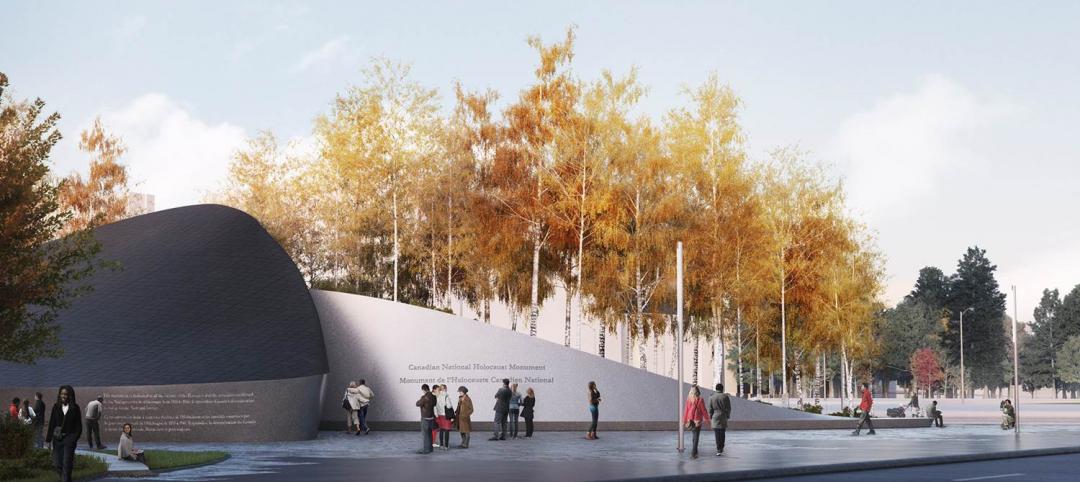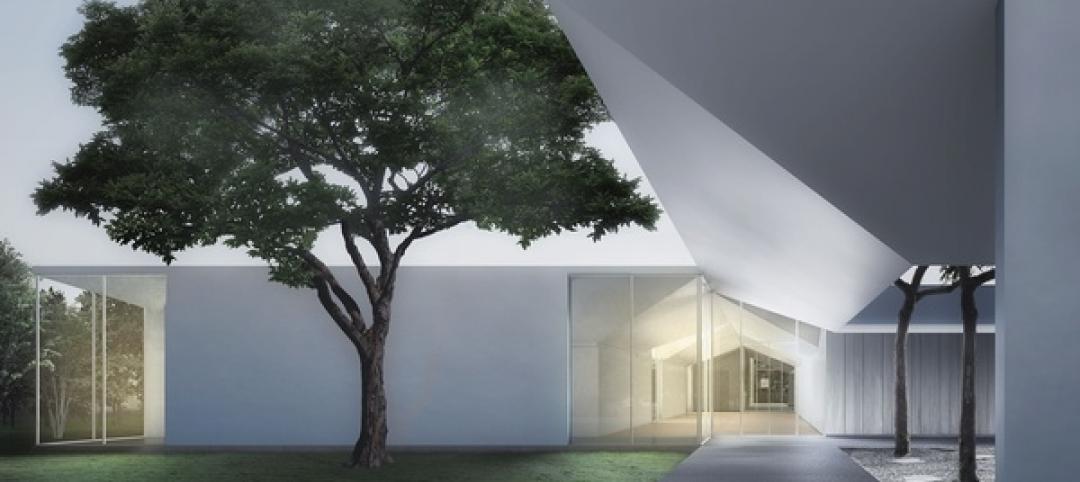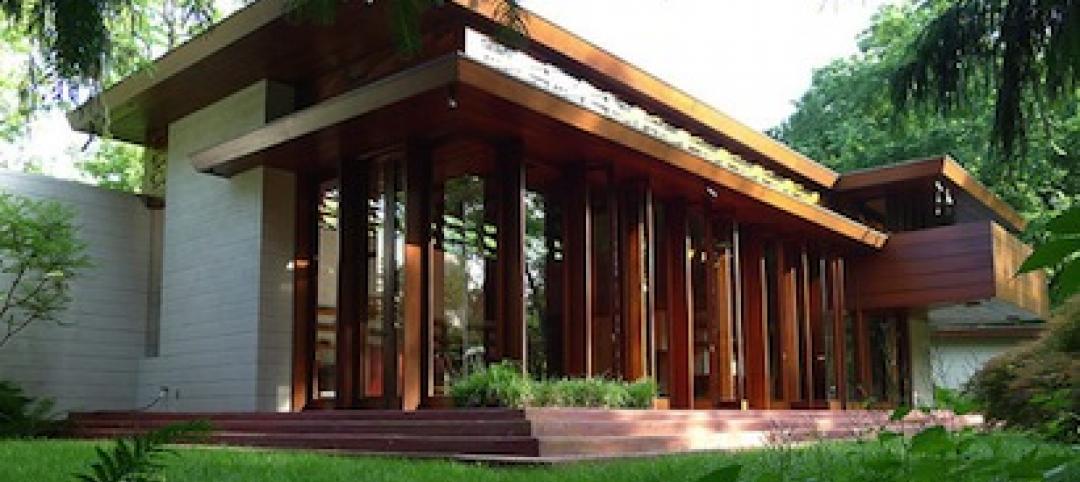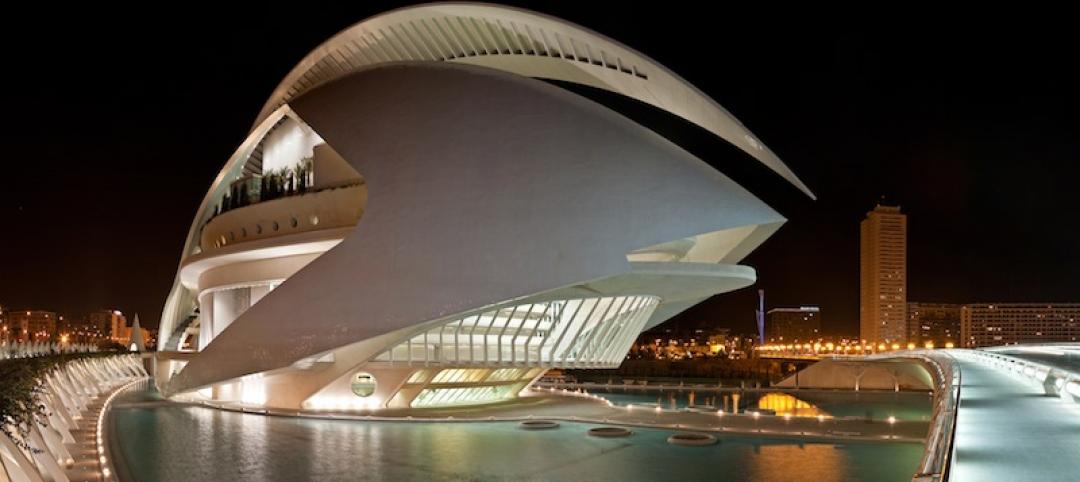 |
|
Memorial Hall’s famed 60-foot dome and granite façade were restored as part of an $88 million adaptive-reuse project for the Please Touch Museum. |
Built in 1875 to serve as the art gallery for the Centennial International Exhibition in Fairmount Park, Memorial Hall stands as one of the great civic structures in Philadelphia. The neoclassical building, designed by Fairmount Park Commission engineer Hermann J. Schwarzmann, was one of the first buildings in America to be designed according to the principles of the Beaux Arts movement. Its signature design, highlighted by an iron-and-glass dome adorned with a 23-foot-tall statue of Columbia, has been emulated by architects across the globe, including those of the Art Institute of Chicago, the Milwaukee Public Museum, the Brooklyn Museum, and the Detroit Institute of Art.
Despite its celebrated past and prominence in the worldwide architecture community, by the 1950s years of delayed maintenance and neglect had left Memorial Hall in dire need of restoration. The situation was exacerbated by a revolving door of tenants that included an industrial arts school, an art museum, a recreation center, a sound recording studio, even a police station. In 2000, the building had to be closed to the public.
In 2002, Memorial Hall received a much-needed jolt when the Please Touch Museum finalized plans to relocate there. The $88 million restoration and adaptive-reuse project took nearly six years from concept through construction, which concluded with the grand opening on October 18, 2008. The project entailed a complete restoration of the exterior granite façade, the 60-foot dome, and all interior paint, plaster, and marble—as well as construction of an addition that houses the museum's cherished, hundred-year-old Woodside Park Dentzel Carousel.
The team cleverly adapted the existing spaces for the exhibits and museum functions. An indoor swimming pool added in 1962 presented the perfect location to “plant” a soaring artificial tree for the Alice's Adventures in Wonderland exhibit. A dark, decrepit maintenance tunnel in the rear of the building was converted into a bright, colorful entrance for large groups walking from the bus drop-off area.
The Reconstruction Awards judges praised the Building Team for saving an architectural masterpiece while also benefiting the community with a world-class children's museum.
“Philadelphia really needed this museum because there's really not a lot for the kids in that area to do,” said judge David P. Callan, PE, LEED AP, SVP with Environmental Systems Design, Chicago. — Dave Barista, Managing Editor
Related Stories
| Feb 28, 2014
Six finalists selected in design competition for Canadian Holocaust monument
David Adjaye and Daniel Libeskind are among the finalists for the National Holocaust Monument, planned near the Canadian War Museum in Ottawa.
| Feb 24, 2014
New Menil Drawing Institute will fit in with leafy surroundings
In Houston, plans are being finalized for the first freestanding American building built to house and conserve modern and contemporary drawings.
| Jan 30, 2014
How reverse engineering nature can spur design innovation
It’s not enough to copy nature. Today’s designers need a deeper understanding of environmental nuance, from the biome in.
| Jan 28, 2014
16 awe-inspiring interior designs from around the world [slideshow]
The International Interior Design Association released the winners of its 4th Annual Global Excellence Awards. Here's a recap of the winning projects.
| Jan 27, 2014
A climber's dream: Rock climbing hall planned near Iran's highest peak
Forget the rock climbing wall. A developer in Iran is building a rock climbing hall. That's right, an entire building dedicated to the sport, with more than 48,000 sf of program space.
| Jan 17, 2014
Crystal Bridges Museum will move Frank Lloyd Wright house from New Jersey to Arkansas
Numerous architectural experts have concluded that moving the Bachman Wilson House offers its best hope for long-term survival.
| Jan 13, 2014
Custom exterior fabricator A. Zahner unveils free façade design software for architects
The web-based tool uses the company's factory floor like "a massive rapid prototype machine,” allowing designers to manipulate designs on the fly based on cost and other factors, according to CEO/President Bill Zahner.
| Jan 11, 2014
Getting to net-zero energy with brick masonry construction [AIA course]
When targeting net-zero energy performance, AEC professionals are advised to tackle energy demand first. This AIA course covers brick masonry's role in reducing energy consumption in buildings.
| Dec 30, 2013
Calatrava facing legal action from his home town over crumbling cultural complex
Officials with the city of Valencia, Spain, are blaming Santiago Calatrava for the rapid deterioration of buildings within its City of Arts and Sciences complex.
| Dec 19, 2013
Mastering the art of crowd control and visitor flow in interpretive facilities
To say that visitor facility planning and design is challenging is an understatement. There are many factors that determine the success of a facility. Unfortunately, visitor flow, the way people move and how the facility accommodates those movements, isn’t always specifically considered.
















